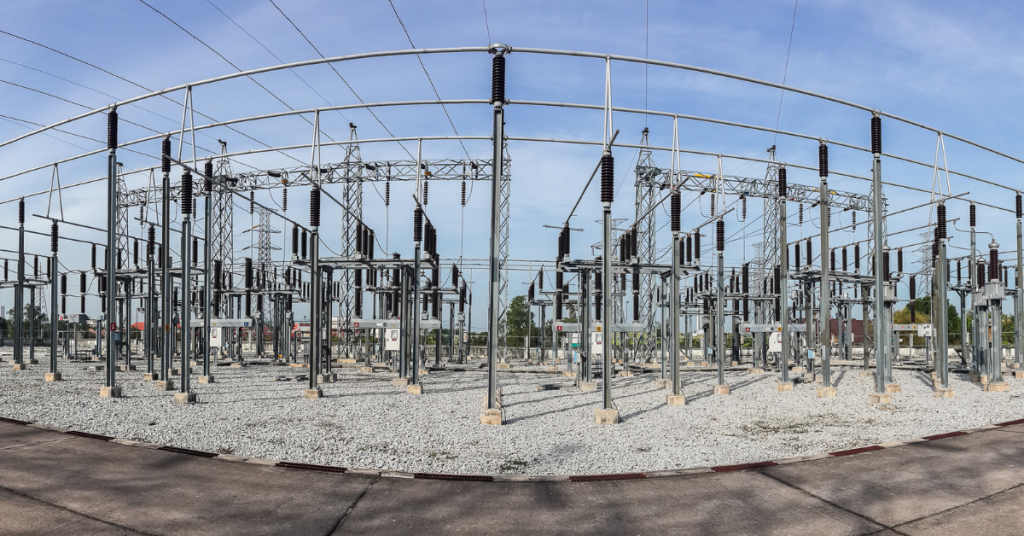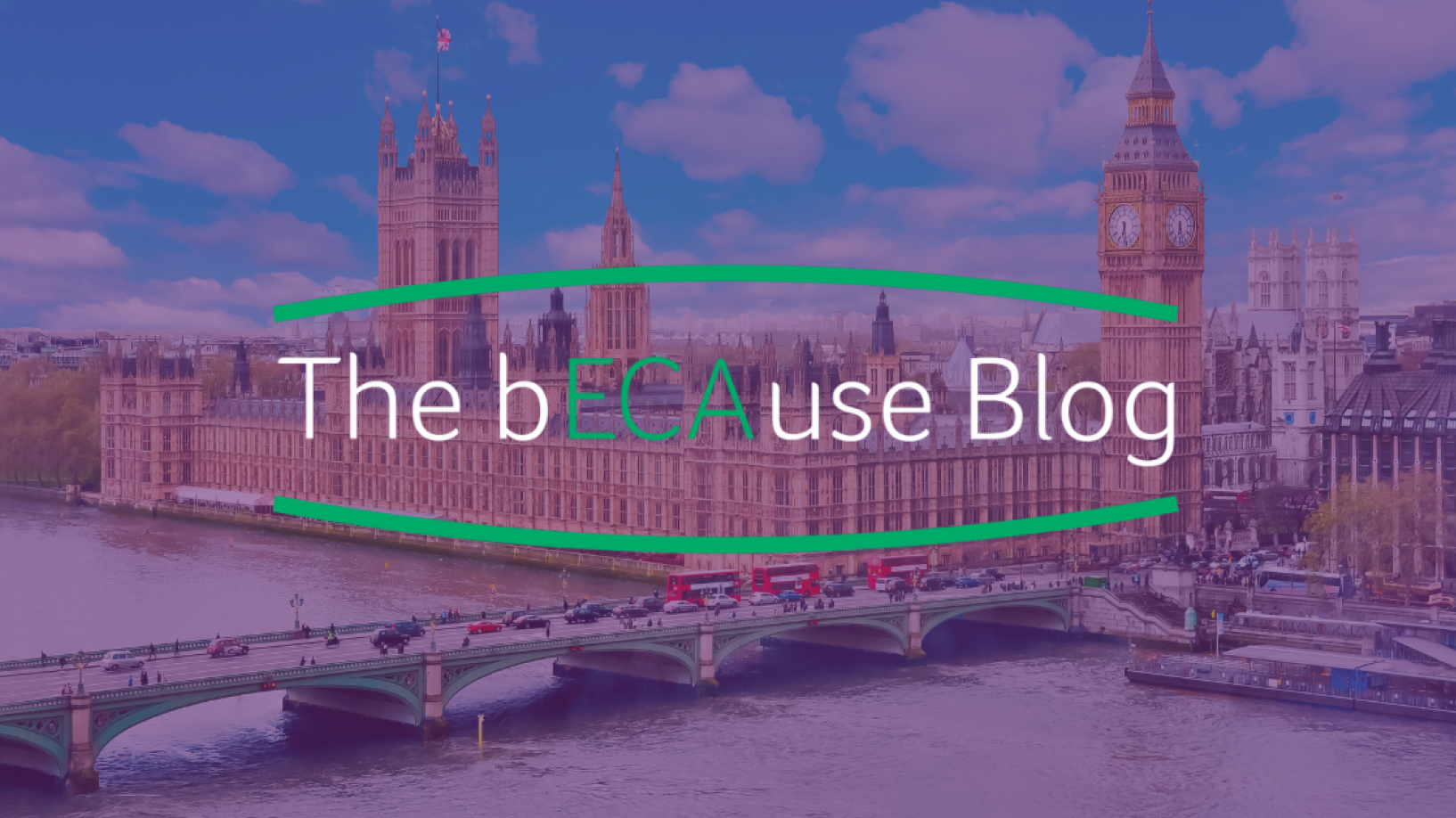Research for this report was funded through Energy Consumers Australia's Grants Program.
Both the United Kingdom and Australia are on the cusp of an energy transition. Some might say that the old, centralised, fossil fuel dominated electricity system is dying. And that the new distributed, decarbonised, digitised system is struggling to be born and take its place. There are significant transition pains at present.
When faced with challenges of this magnitude, it can be tempting to knuckle down and look inwards for solutions. However, many of the problems faced are universal in nature. Despite the differences between the UK and Australia – of which there are many – there are also significant parallels, particularly when it comes to what the energy transition means for households and small businesses. This means it is worth investigating how we can learn from each other. The only way to truly make progress is by collaborating and going far together.
This makes this new report, “Engaging households in electricity flexibility – insights from the UK,” by Mike Roberts from the Collaboration on Energy and Environmental Markets at UNSW, invaluable. It investigates policy and best practice in the UK for encouraging household electricity flexibility. Mike received funding from the Grants Program at Energy Consumers Australia to complete this work. Mike travelled to the UK and conducted 40 interviews with academics, industry stakeholders, and consumer advocates, upon which this report is based.

It is often worth paying attention to those who have endured similar experiences and are just slightly ahead of our journey. This is particularly true when it comes to the rising cost of energy prices. In the United Kingdom, energy prices are soaring, with the average annual energy bills forecast to reach GBP4,200 (over AUD7,000) by 2023. This will bring an estimated two thirds of the population into measured energy poverty (spending over 10% of income on energy costs) compared to 13.2% in 2020. With energy prices also climbing in Australia, we should sit up and pay attention about how others have navigated this challenge.
The report found that the current energy crisis in the UK has driven much public anger towards the energy system. However, it has also provided a political opportunity to start reshaping that system into one where people have a stake and a reason to engage.
Make no mistake, this is not to say that what has happened in the UK is a good thing. It isn’t. Price hikes like this have very significant, and often dire, implications for the day-to-day realities of people’s lives. Indeed, in some cases we have seen consumers reducing their energy usage, possibly harmfully. However, we also know that when it comes to rethinking our energy system, one of the key changes that we will need to foster is consumer flexibility. By this we mean that consumers can choose when and how they will use energy to suit their needs and lifestyle. This has tremendous potential benefits for the energy system, as well as for individual households and small businesses, rewarding their investment and behaviour change. However, what we have seen so far is that price signals alone are not enough to overcome the many barriers to consumers acting flexibly.
Undoubtedly, there are many necessary steps on the journey to household flexibility: upgrading the building fabric, electrifying heating, cooling and cooking, and deploying smart technologies all require massive financial investment, training and skills development and regulation. Above all else, this report argues for the need to prioritise household engagement, or what we at ECA call participation. And in encouraging news, there is appetite and willingness to participate in both the UK and Australia. In the UK, this is demonstrated by the success of community energy projects. And in Australia, by the high penetration of rooftop solar.
But this engagement to date is not a free pass. Households expect and require something in return. They want “fairness in the distribution of costs and benefits, inclusive and accessible processes and technologies that compensate for (rather than exacerbate) existing inequalities, as well as a stake in the system, agency in decision making, and a reason to make it work.” Given that what we are asking of households is nothing short of disruptive, there must be some give and take.
Check out the different models of successful engagement in the UK and Australia. (PDF, 1.06MB)

Another important way to encourage household flexibility is by adopting systems of governance that support, not hinder, engagement. The right model will engender a sense of responsibility for, and agency towards, the energy system.
But what could this look like? While there are many possible models, in 2019 the UK Labor Party proposed a nested governance structure for a publicly owned energy system combining decentralised, local participation with national regulation and regional planning. In this model Local Energy Communities (LECs) and Municipal Energy Agencies (MEAs) would be accountable at a local level and develop and operate renewable generation, local microgrids and SLES. At the next level up, Regional Energy Agencies would own and manage the wider distribution network with responsibility for decarbonisation of heat and electricity. And finally, a National Energy Agency would be responsible for investment in and operation of the transmission network, system regulation, and setting decarbonisation targets. This thinking is relevant as the Victorian Government sets about re-establishing the State Electricity Commission of Victoria, with its purpose of bringing down bills and being an active market participant.
By providing the right combination of central co-ordination and local governance, households can be provided with a real stake in the system so that genuine, inclusive engagement and participation is fostered. This also helps ensure that the costs and benefits are distributed equitably and fairly across the whole system. Ultimately, this will provide people the capability – and, more importantly, the motivation – to unlock the flexibility in their homes.
Learn more about different governance approaches to energy in Australia and the UK.
Read the full report (PDF, 1.06MB)
As one interviewee stated, “there’s a bit of a lack of imagination…in the way we’re thinking about transformations.” By comparing what is occurring in the UK and Australia, this report will lift your gaze and help imagine new possibilities about how to unlock the opportunities and ways of encouraging household flexibility.

